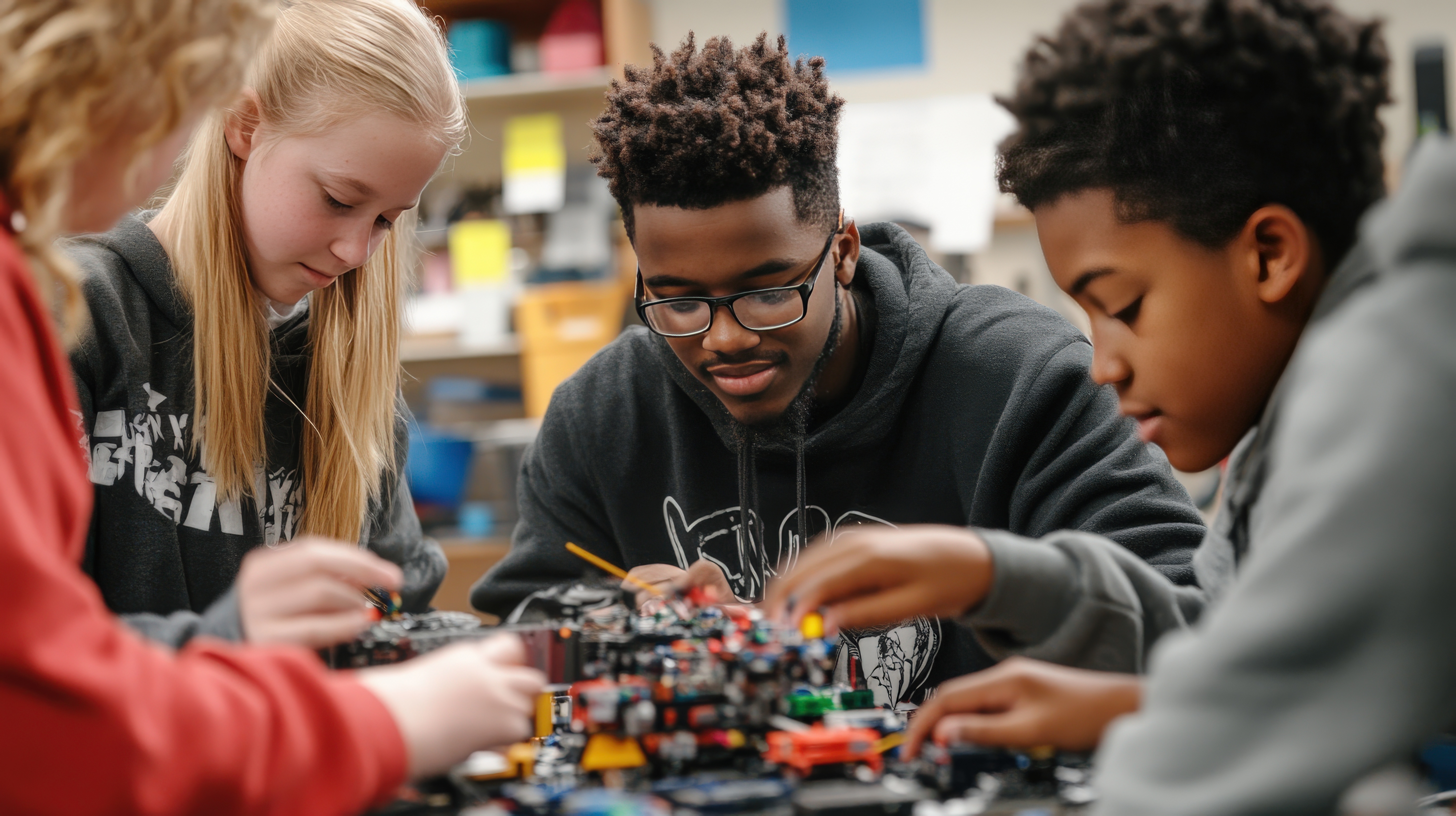AI use in K–12 education is increasing rapidly, but current tools rely heavily on text interaction and largely fail to support students with disabilities and diverse learning needs.
Objective: The purpose of this study was to examine how AI is currently being integrated into K–12 education, including the types of AI used, the devices that support student interaction, and the modalities (text, voice, image, etc.) through which students interact with AI—particularly for diverse learners.
Methods: This scoping review analyzed 70 empirical studies published between 2014 and 2023. Studies were included if they involved formal K–12 school settings, direct student–AI interaction, and primary data from students or teachers. Data were coded for publication trends, disciplinary fields, subject areas, AI types, devices, research methods, and student–AI interaction modalities.
Key Findings:
-
Research on AI in K–12 has surged since 2021, spanning many countries and interdisciplinary collaborations.
-
AI is implemented across all grade levels and most heavily in STEM, mathematics, and foreign language subjects.
-
Chatbots and tutoring systems are the most commonly used AI tools; generative AI use in K–12 remains limited.
-
Most studies use computers or tablets as the primary device for AI interactions.
-
Student-to-AI interaction is dominated by single text-based input, while AI responses are more often multimodal (e.g., text + images), though still text-heavy overall.
-
Only a small fraction of studies explicitly include students with disabilities or academic challenges, indicating major equity gaps in AI design and evaluation.
Implications: While AI shows strong potential to personalize K–12 learning, current implementations risk reinforcing inequities because they do not adequately consider learner diversity or accessibility. Interdisciplinary collaboration and multimodal, inclusive design aligned with learning theories are needed to ensure AI benefits all students.
Limitations: Many studies lacked details about student diversity, technological design, or interaction modalities. The fast-evolving nature of AI means recent innovations may not be fully represented. A lack of standard terminology complicates AI classification.
Future Directions: Researchers should expand multimodal AI designs, report detailed student characteristics, study long-term cognitive impacts of AI, develop ethical evaluation methods, and explore interactions for students with disabilities and varied academic profiles.
Title and Authors: “Exploring Artificial Intelligence Integration and Student-AI Interaction in K–12 Education: A Scoping Review” by Yerin Seung, James D. Basham, Taehyun Kim, and Jennifer Lohoefener.
Published On: Accepted October 10, 2025
Published By: Journal of Computer Assisted Learning
